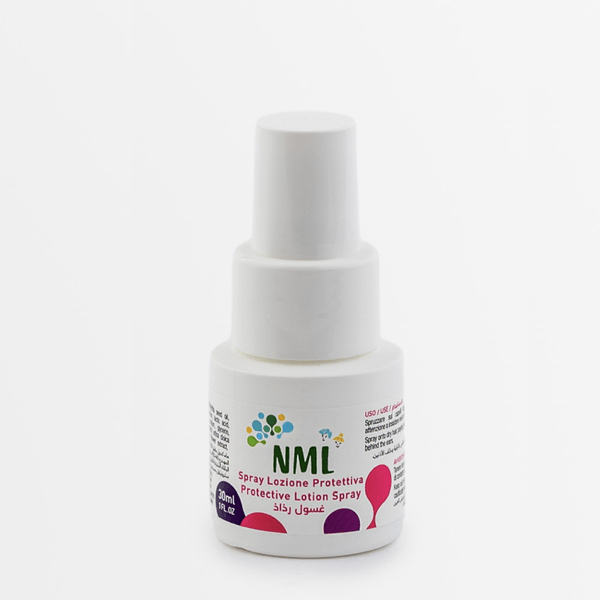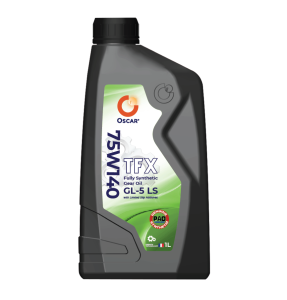
Anti-lice shampoos have become a common household necessity, especially for families with school-age children. When confronted with a lice infestation, it’s essential to understand the active ingredients in these shampoos and how they work to effectively eliminate lice.
Pyrethrin or permethrin:
Pyrethrin and permethrin are common active ingredients in anti lice shampoo. They are synthetic versions of pyrethrum, a natural insecticide derived from chrysanthemum flowers. These chemicals work by attacking the nervous system of lice, leading to paralysis and eventual death. They are effective against adult lice and are usually left on the hair for a specific amount of time before being rinsed out.
Malathion:
Malathion is another chemical used in anti-lice treatments. It is a neurotoxin that kills lice by interfering with their nervous system. Malathion-based products are typically prescribed for more severe infestations that don’t respond to other treatments. These products are applied to dry hair and left on for a specified duration before being washed out.
Ivermectin:
Ivermectin is a medication that can be used as an active ingredient in anti-lice shampoos. It works by interfering with the nervous system of lice and causes paralysis. This prevents lice from feeding and ultimately leads to their demise. Ivermectin-based treatments may require a prescription from a healthcare professional.
Dimethicone:
Dimethicone is a silicone-based compound used in some non-chemical or “natural” lice treatments. It works differently from chemical insecticides by suffocating lice and nits. Dimethicone-based shampoos create a thick coating on the hair that prevents lice from breathing, causing them to die. These products are often preferred by individuals seeking alternatives to chemical treatments.
Enzymes and proteases:
Some anti-lice shampoos contain enzymes and proteases that break down the exoskeleton of lice and their eggs. By targeting the protective outer layer of lice, these ingredients make it easier to comb out lice and nits. These shampoos are often used in conjunction with nit removal using a fine-toothed comb.
Neem oil:
Neem oil, derived from the neem tree, is used in some natural or homeopathic anti-lice treatments. It contains natural insecticidal properties that can help eliminate lice. Neem oil is often combined with other natural ingredients to create lice treatments.

